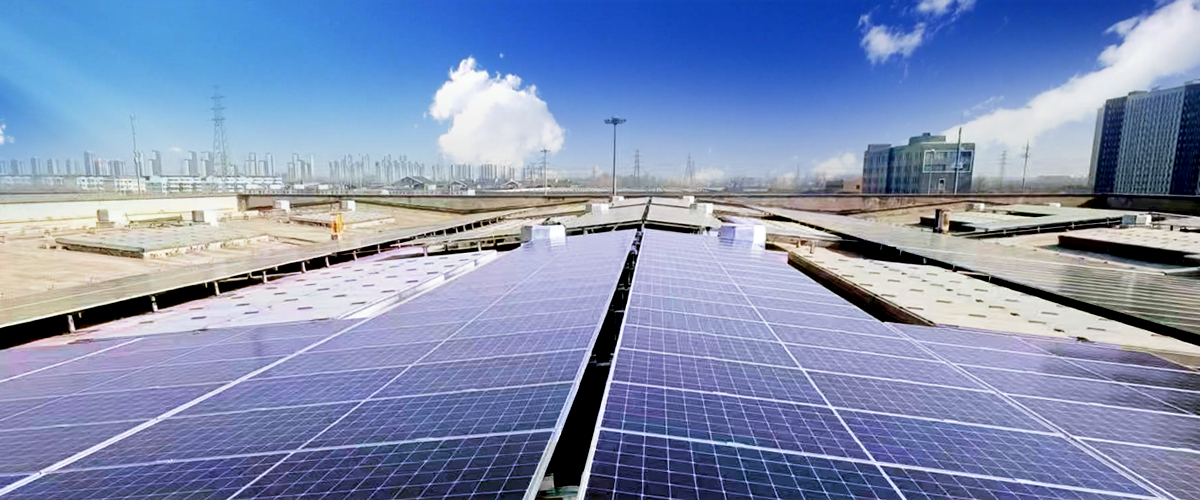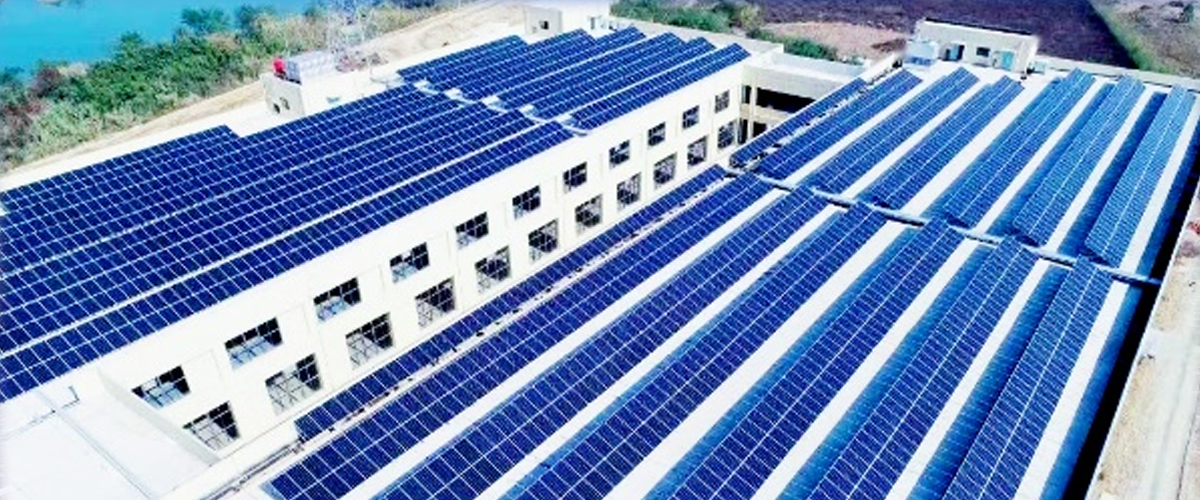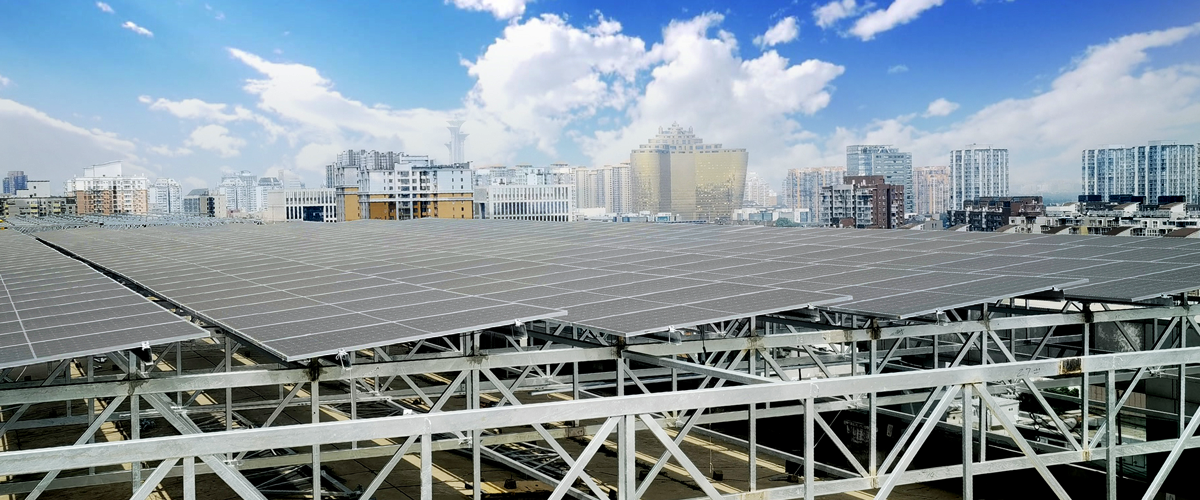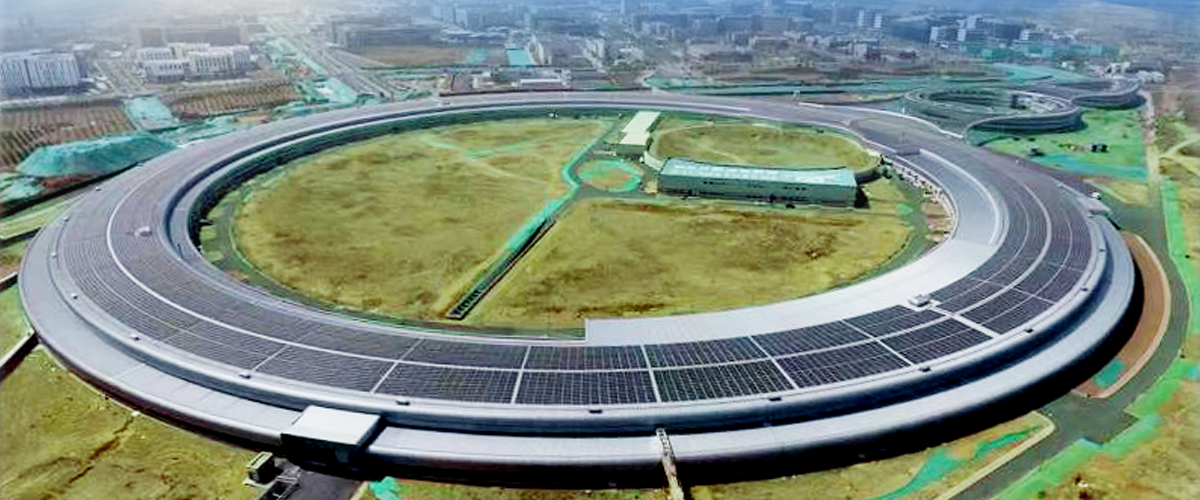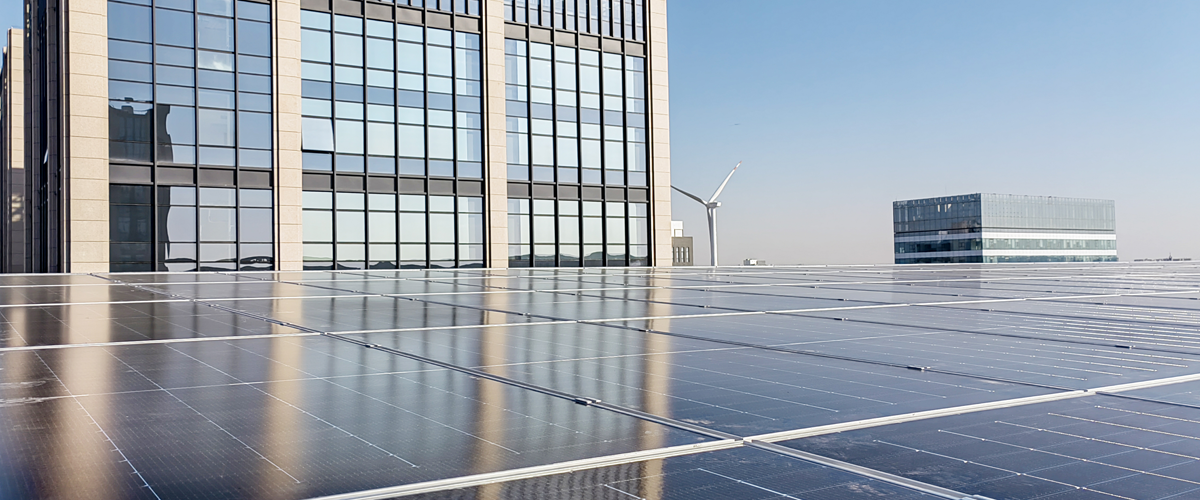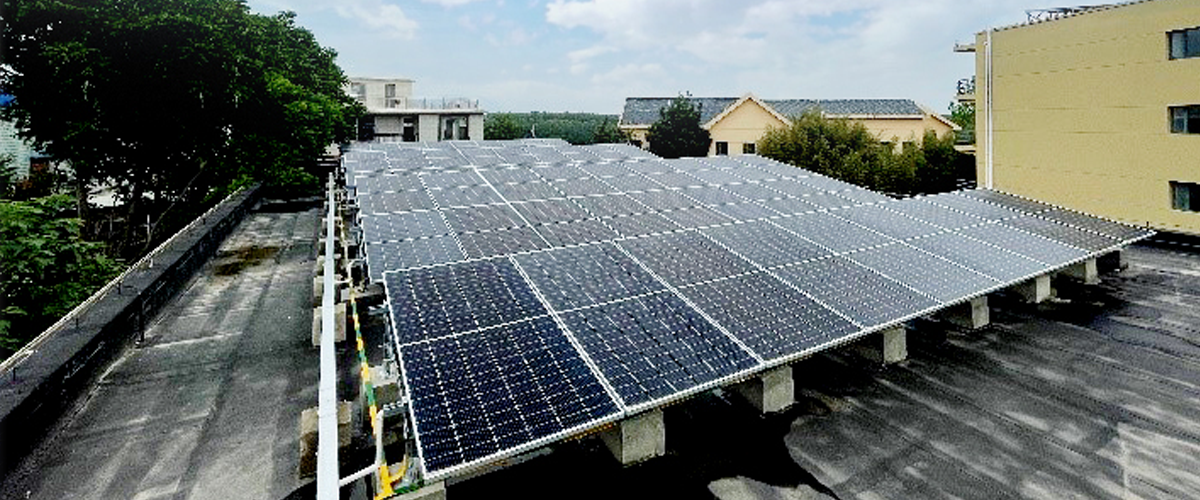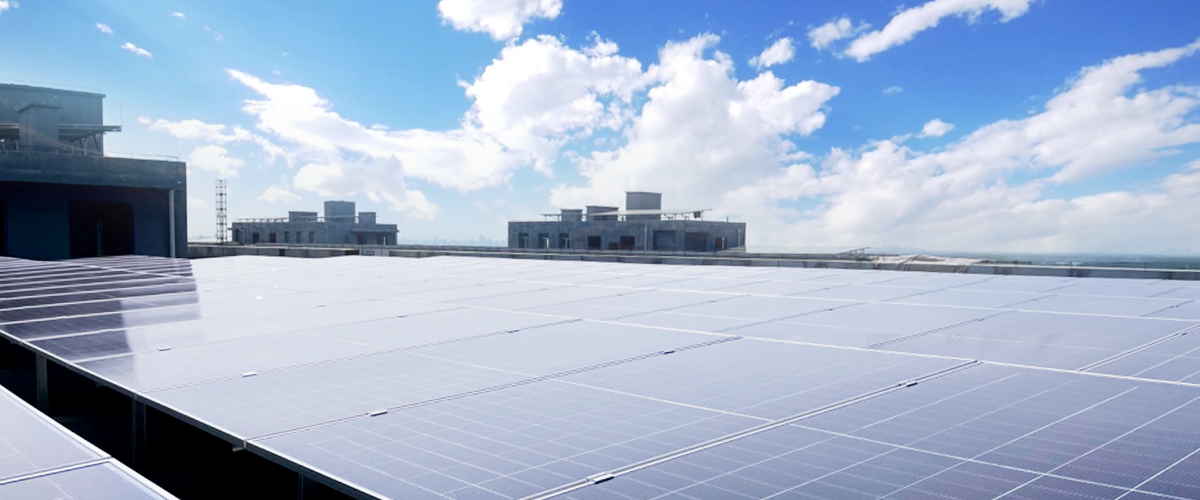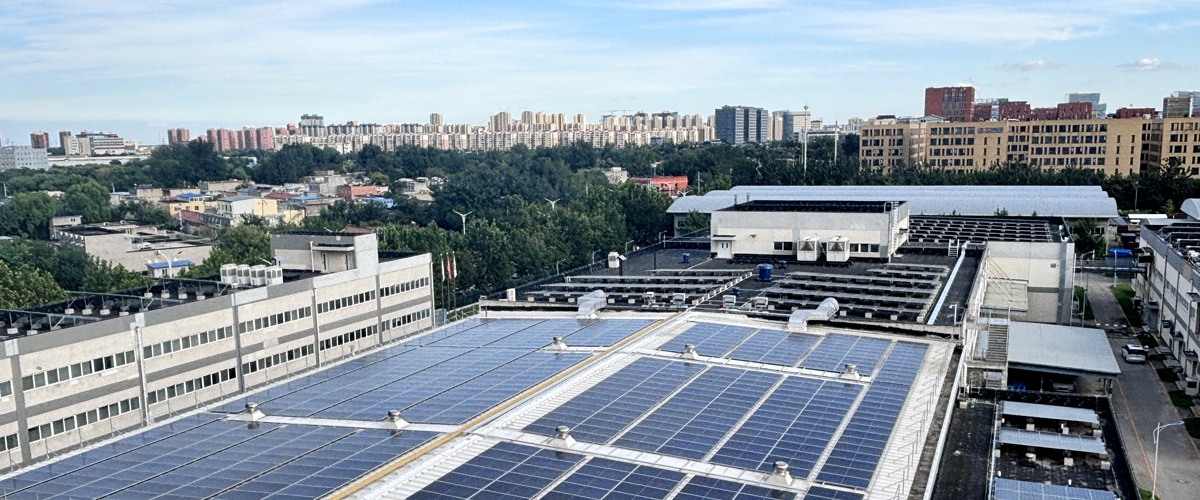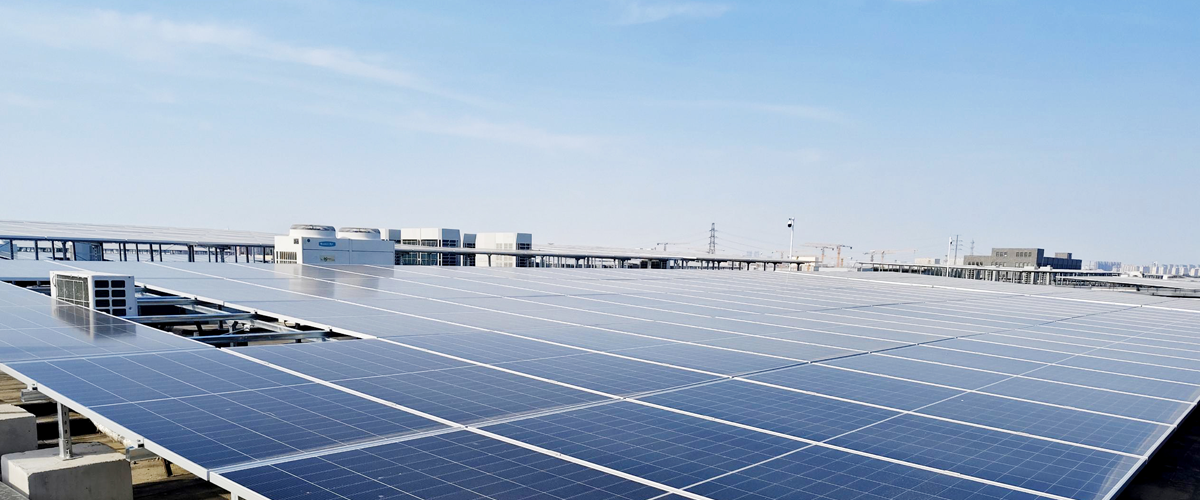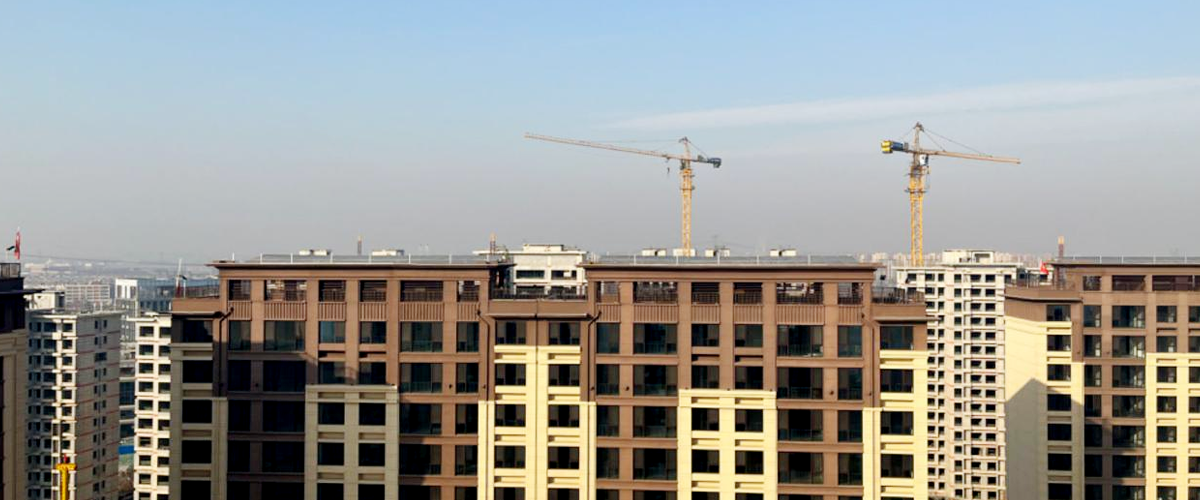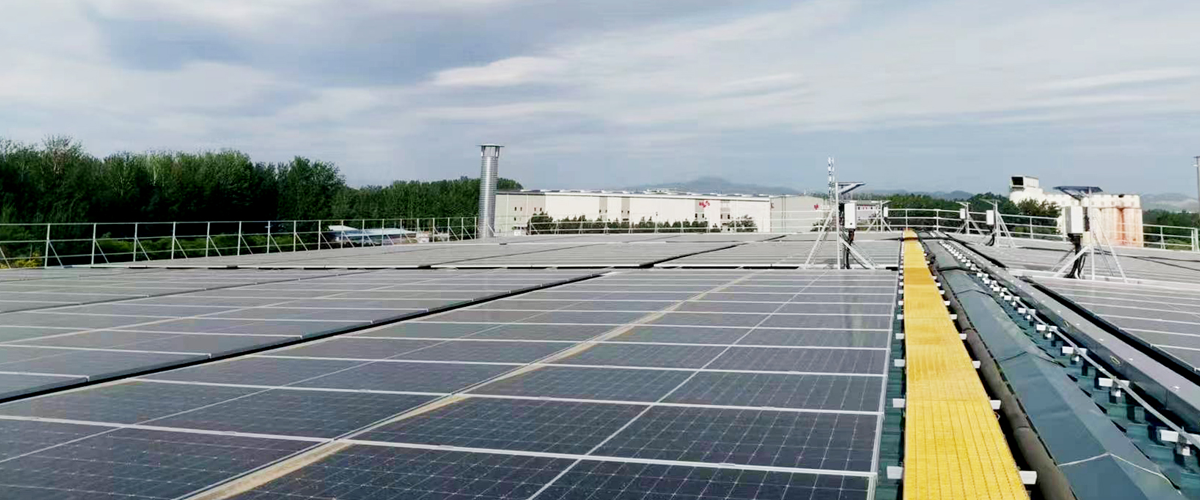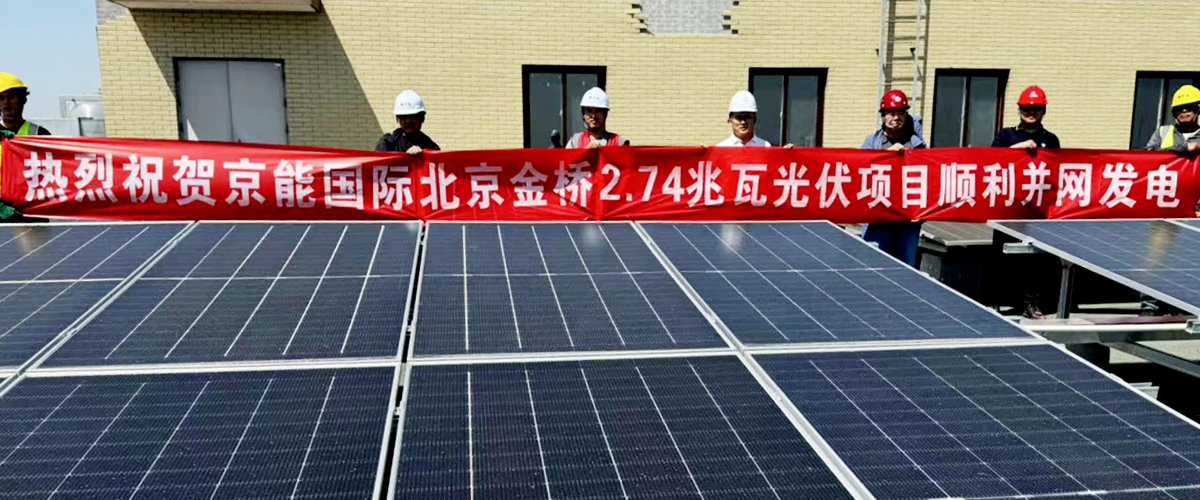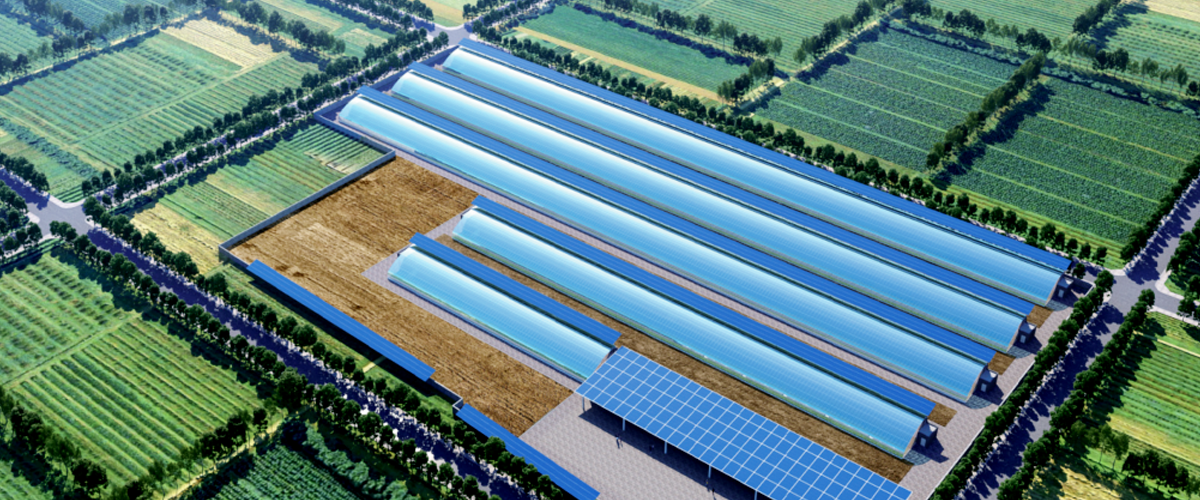At present, vigorously developing new energy has become the trend of globalization, and China has also put forward the “carbon peaking and carbon neutrality” strategy on carbon dioxide emissions. In response to the national strategy and actively develop the application of renewable energy, Beijing Energy International has invested about 32.93 million yuan in the distributed photovoltaic power generation project with a total installed capacity of 6.54MW by using the 64,000-square-meter space of Fengtai Railway Station. The total power generation of this project in 25 years is about 176 million kWh, and it is estimated that it will cut carbon dioxide by 165,000 tons, and sulfur dioxide by 5,160 tons and nitrogen oxides by 2,580 tons.
The application of photovoltaic power generation project has increased the utilization rate of green electricity in the station, and it can also provide additional safe power supply for the power supply system of the station. It will deliver both economic and social benefits while embodying the concept of “green traffic, green Beijing” and contribute to the green development of the capital city.








